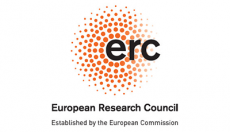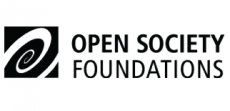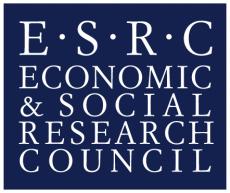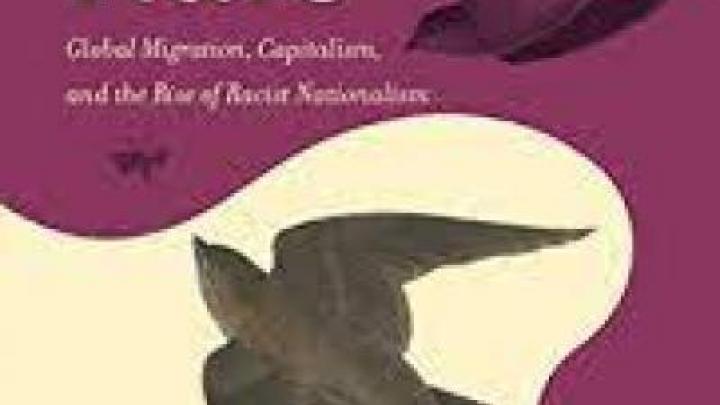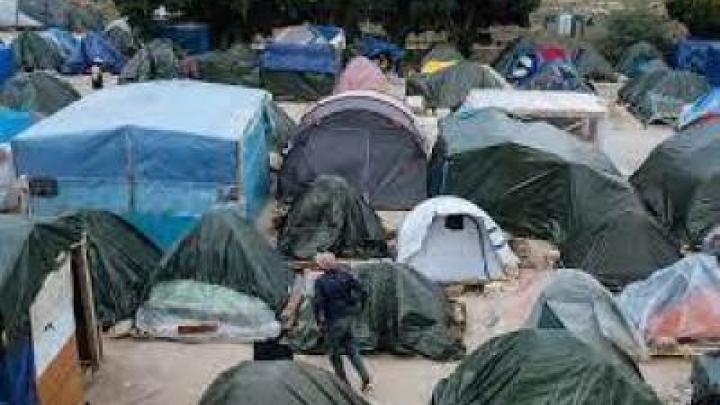When Crisis Never Ends: Reflections on the Moroccan Humanitarian Border
Posted
Time to read
Guest post by Lorena Gazzotti, Alice Tong Sze Research Fellow, Lucy Cavendish College and CRASSH, University of Cambridge. Lorena obtained a PhD in Development Studies at the University of Cambridge in 2019. Before Cambridge, she completed a BA and MA in Foreign Languages at the University of Bologna. She held visiting positions at the Ecole Normale Supérieure in Paris and at the Centre Jacques Berque pour les Etudes en Sciences Sociales in Rabat. Her research interests include the politics of border and precarity in North Africa and in the UK. With Leslie Gross-Wyrtzen, she has most recently edited a special issue of the Journal of North African Studies on the new Moroccan migration policy. This is the fourth post of Border Criminologies themed series on 'Deaths at Borders' organised by Marta Esperti and Antoine Pécoud. The series draws upon a special issue of American Behavioral Scientist, coordinated by Marta and Antoine.
In the past three decades, the tightening of borders in the Global North has produced an increase of violence against migrants along migratory routes. This has determined the appearance of humanitarian missions in border areas such as Calais and Dunkirk in Northern France, Lesbos and Idomeni in Greece, Nuevo Laredo and Ciudad Juárez in Mexico. Led by actors as different as private citizens, non-governmental organisations like Doctors Without Borders (MSF, in the French acronym), and international organisations like the International Organization for Migration (IOM), these humanitarian projects often become a protracted presence in the border landscape. This is certainly the case of the North-Eastern Morocco, especially the areas of Nador (at the border with the Spanish enclave of Melilla) and Oujda (at the border with Algeria). Since 2004, the North Eastern Moroccan borderlands have been characterized by a continuous humanitarian presence, first ensured by MSF and Moroccan grassroot organisations and then taken over by aid-funded actors (including the IOM) when MSF decided to leave the country in 2013.
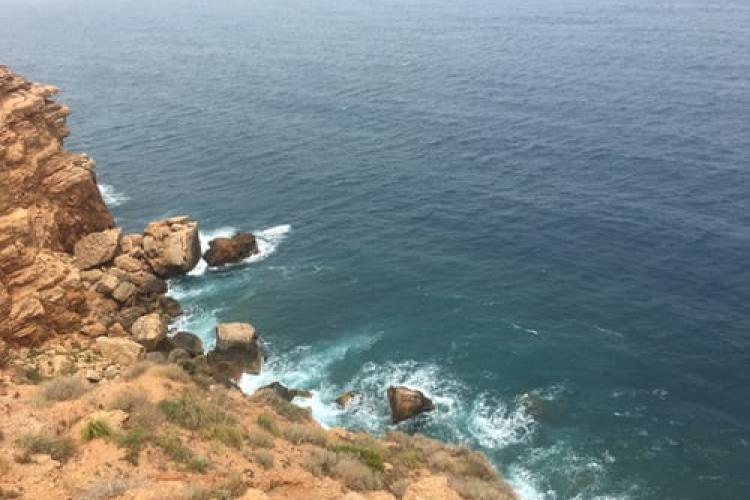
In this article, I explain that the very presence of humanitarians at the border should not be taken as a given, but rather questioned as paradoxical. Humanitarianism, in fact, has an ancestral relation with the exception. Humanitarians have historically been present in areas torn by conflict, natural disasters, and epidemics, instances commonly characterized as time-bounded “crises”. The circumstances in which border humanitarians operate are, however, hardly qualifiable as “exceptional.” To the eyes of European policy makers, restrictive migration policies and tight borders are not the exception, but the norm. I therefore argue that the violence of border control push humanitarians to extend their domain of action from the “extraordinary” to the “ordinary”. In the North-Eastern Moroccan borderlands, the long-term presence of humanitarians is symptomatic of the everyday state of “crisis” triggered by migration containment, which chronically endangers the life of Black and Brown people read as “undesirable migrants”.
The structural, violent nature of border control in North-Eastern Morocco shapes humanitarian activities in three ways. First, humanitarians become symbiotic with border violence. They treat the direct and indirect victims of the border – those people that are injured by Moroccan and Spanish border guards, that suffer from fractures or hemorrhages incurred while trying to jump the fences dividing Morocco from the Spanish enclave of Melilla, or whose healthcare becomes extremely deteriorated due to the undignified living conditions characterizing migrants camps in the forests. Humanitarians also intersect with border violence by adapting project activities and working logistics to the constant state of alert in which migrant people have to live in the borderlands. Visits to the camps are conducted at times when the police are less likely to control the entry and exit of vehicles from the forests. The content of the kits distributed by humanitarian organisations to migrants in the forests are thought to allow migrant communities to better cope with the camps’ difficult conditions: tarpaulins to build shelters, bonnet and gloves to cope with cold winter weather.
Second, the protracted nature of the border “crisis” constantly challenges humanitarians’ emergency mandate. Morocco itself is an unusual setting for humanitarians, as the country does not present any of the characteristics that normally justify the deployment of humanitarian relief. And yet, the permanent state of “crisis” characterizing the borderlands triggers the need for emergency action, producing a potential for its perpetual reproduction. Sixteen years after the first mission of MSF in the borders, humanitarian organizations still conduct nonfood distribution to migrants in the forests surrounding Nador. NGOs still distribute tarpaulins, jackets, and blankets to migrants constrained to live in the forests. Migrants still need NGO assistance to be able to reach the hospital without risking being arrested. But this constant need for emergency relief challenges humanitarian purpose. Confronted with the impossibility to perform transformative action in conditions of structural violence, MSF decided to leave the field in 2013. In an interview with Jeune Afrique, the then head of MSF mission in Morocco stated that the NGO had recognized that their engagement was “unadapted to the situation on the field”. MSF had resolved that “the work that is needed here is not the one of a medical NGO. We are not an organisation for the defence of human rights, even if we can denounce violations”.
Third, the repression of critical voices by state authorities forces humanitarians to choose between speaking out about border violence (and risking being expelled from the field), or remaining silent (thus increasing their chances of maintaining access to the field). Each organization therefore balances access to the field and advocacy, with results which obviously vary according to the nature and mission of the humanitarian actor. MSF, which has historically been committed to humanitarian testimony, enacted an advocacy strategy alternating “visibility” and “invisibility” in order to maintain access to the field. This cautious approach still allowed the organisations to issue four critical reports—in 2005, 2008, 2010, and 2013 respectively—denouncing the inhumane treatment of migrants at the border. The diversification of humanitarian presence at the border following MSF’s departure altered the equilibrium between speaking out and presence on the field. The entrance of the IOM and other international and local organizations in the borderlands has gone hand in hand with a progressive silencing of humanitarian voices. Humanitarians in the North-Eastern Moroccan borderlands now mainly engage with healing the bodily dimension of border violence, with very little-to-no space left to the engagement in advocacy acivities.
Humanitarian practice is traditionally anchored in the relief of punctual, time-bounded “crises”. The border, however, constitutes an instance where never-ending, structural “crisis” constantly triggers the need for humanitarian action. The everyday violence of the border shapes and challenges humanitarian purpose: it becomes constantly necessary, constantly redundant, allowed to stay at the condition of not exposing the violence triggering the emergency in the first place.
Any comments about this post? Get in touch with us! Send us an email, or post a comment here or on Facebook. You can also tweet us.
__________
How to cite this blog post (Harvard style)
Gazzotti, L. (2020). When Crisis Never Ends: Reflections on the Moroccan Humanitarian Border. Available at: https://www.law.ox.ac.uk/research-subject-groups/centre-criminology/centreborder-criminologies/blog/2020/10/when-crisis-never [date]
Keywords:
Share
YOU MAY ALSO BE INTERESTED IN
With the support of



